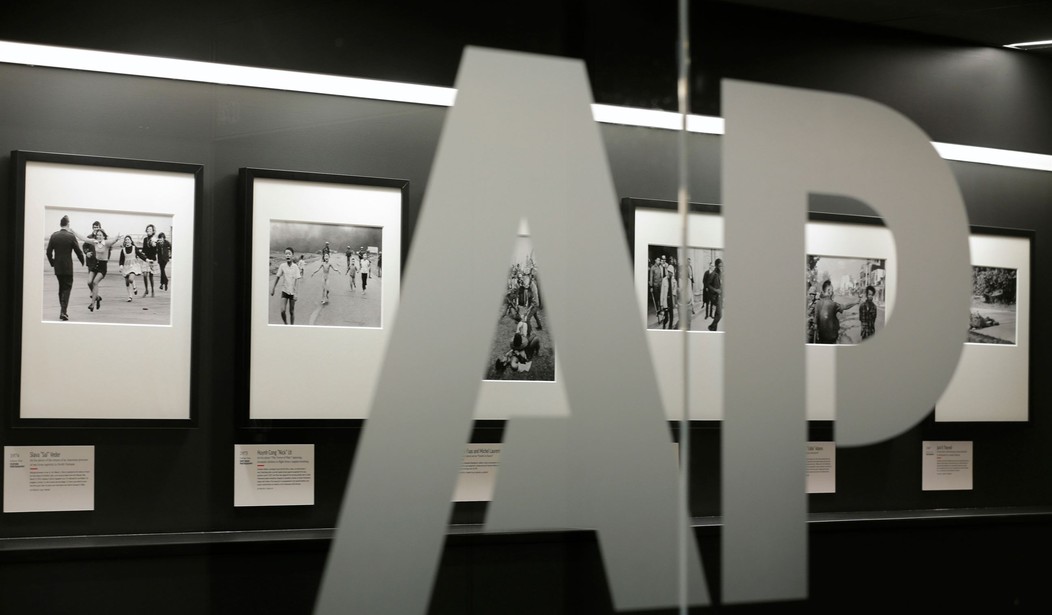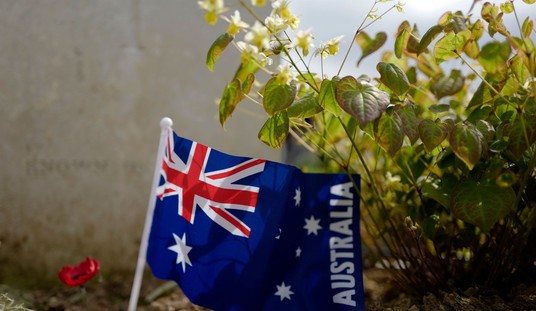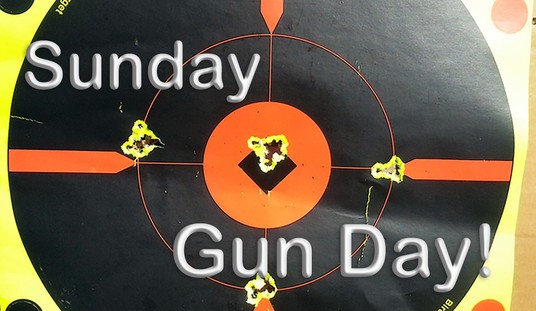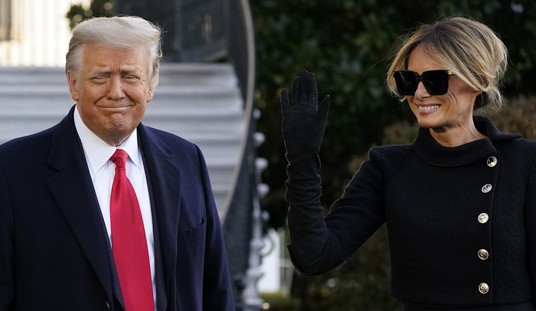The first step in controlling a narrative is dictating the allowed language.
It was a most off-kilter episode recently in the aftermath of the shooting episode involving Daunte Wright. The Police Chief of Brooklyn Center, Tim Gannon, was holding a press conference to address the activities on the streets of Minnesota the night following the police shooting. In answering a question he began to describe what he saw the previous evening.
Police Chief Gannon: “I was front and center at the protest — at the riot.”
Reporter: “There was no riot.”
Gannon: “There was… the officers that were putting themselves in harm’s way were being pelted with frozen cans of pop, they were being pelted with concrete blocks.”
Other Reporter: “There was no riot.”
Another Reporter: “Don’t do that.”
This is a very odd exchange, where reporters who were not on the scene were dictating to a police chief what the proper language should be in his version of events that he witnessed firsthand. Gannon went on to describe how one of his officers became hospitalized after being struck, leading to the need for his force to clear the crowd.
What is it that would compel reporters — whose charged task is to annotate what is spoken at a press conference — to actively interject themselves into the official account of events like this? To behave like this they have to be operating from the stance that they are in the know of propriety of the language of such matters, that they are the ones aware of what is officially accepted. In other words, they are starting to believe their own manipulations.
This is a method of the media to form their preferred narrative by crafting the acceptable language of a news event, but then they expose themselves by displaying fluid standards in a short period of time. The press uses one of its own to codify this linguistic dictate — The Associated Press Stylebook — and this is used as their justification going forward. The problem: in the effort to instill a standard, it needs to remain just that.
Last fall the AP came forward with the declaration that the rampant examples of violence seen across the country should not be declared ‘’riots’’.
Focusing on rioting and property destruction rather than underlying grievance has been used in the past to stigmatize broad swaths of people protesting against lynching, police brutality or for racial justice, going back to the urban uprisings of the 1960s. (2/5)
— APStylebook (@APStylebook) September 30, 2020
This is a variation on the method of the news networks, where reporters were broadcasting in front of raging firebombed structures with wild crowds while insisting all was peaceful and calm. It was the practice of telling the audience not to believe their lying eyes, and now, AP was making the effort to redefine what was taking place. But then they undercut their own tactic in January.
When the infamous assault on the Capitol building in D.C. transpired, the press was suddenly filled with the desire to assess all the blame and accusations they could manage; it was a desire they spent most of 2020 suppressing. But as that protest exploded into a targeted attack, gone were the excuses and the call for a nuanced understanding of the motivations we were served from the Black Lives Matter skirmishes.
Also gone — the new ‘’riot’’ definition standard. Just that quick, when it was a crowd of Donald Trump supporters acting in a violent fashion, the AP came forward and declared that, now, it was perfectly acceptable to use the term.
MOB, RIOT OR INSURRECTION OK: Considering that armed protesters broke into the building, overwhelmed Capitol police, interrupted the process of certifying Electoral College votes and forced the evacuation of the vice president of the United States and members of Congress, “protest” may be too mild a word for the action without surrounding it with strong adjectives and context, such as “violent protest” or “rioting protesters.” Calling it a “mob” or a “riot” would also be appropriate, especially when the protesters’ actions were wild, widespread, violent and uncontrolled. The term “insurrection,” meaning the act of rising up against established authority, could also be justified.
This was a stark shift in just a matter of months. Gone are the calls for trying to understand the motivations, to look into the underlying grievance. Suddenly, it became acceptable to describe the actions in proper fashion, without the need to interpret what prompted the activities. Now here we are, just three more months later, and the definition is being readjusted yet again.
This is being seen with the tech giants as well. Luke Rudkowski, from the activist organization We Are Change, noted this curiosity found with the search engines. Using the same search term — ‘‘riots today” — saw DuckDuckGo.com delivering news items about the Minneapolis uprisings. Over at Google, not so much. There he received little about the recent events, but he does see the Capitol attack mentioned freely.
It is clear the press wants to alter our impressions of these violent outbreaks, based on the groups behind the activities. The problem becomes obvious when they are declaring the contradiction in such a short period of time. Maybe the press should try not displaying these shifting standards on camera in a blatant fashion.














